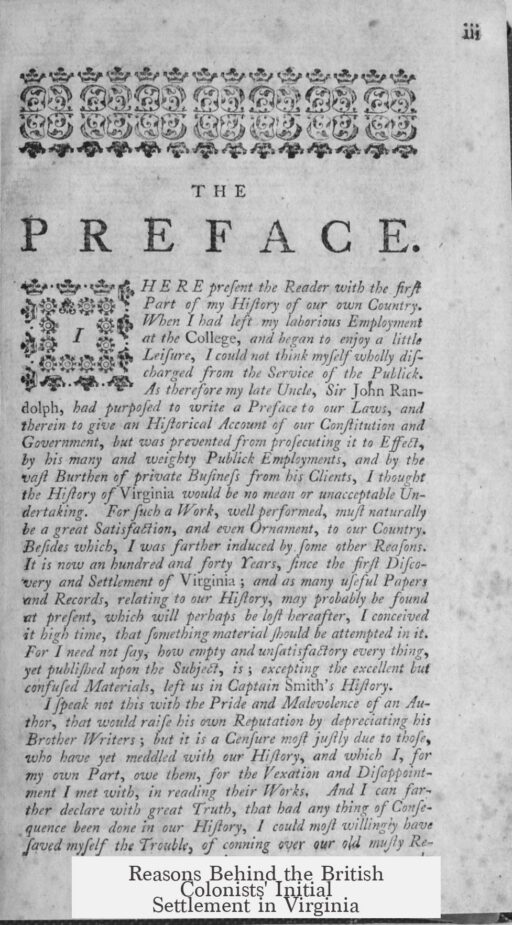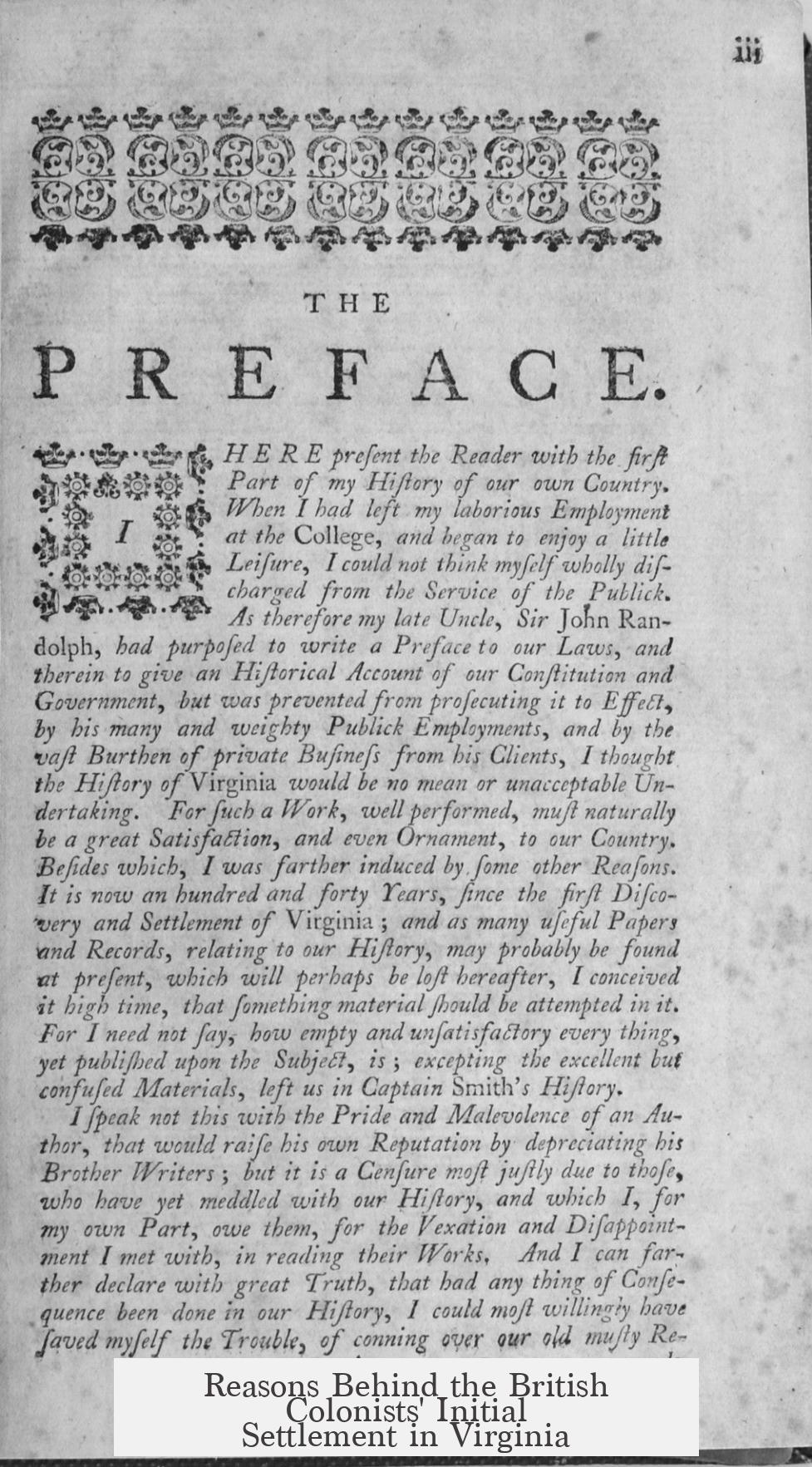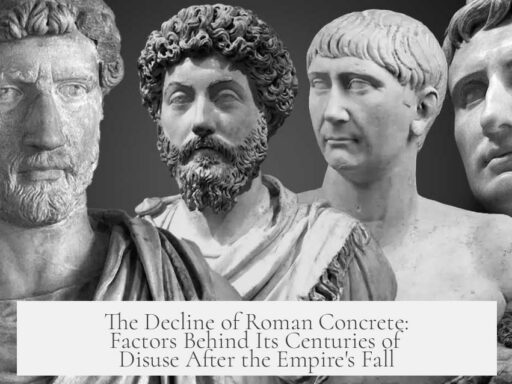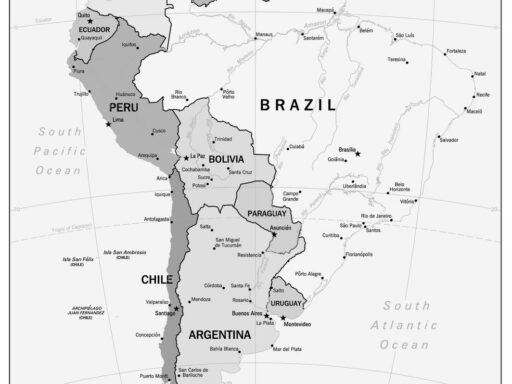The British colonists settled in Virginia first because of prior English exploration, strategic considerations after conflicts with Spain, and geographic and political factors that made Virginia a feasible location for establishing a permanent settlement.
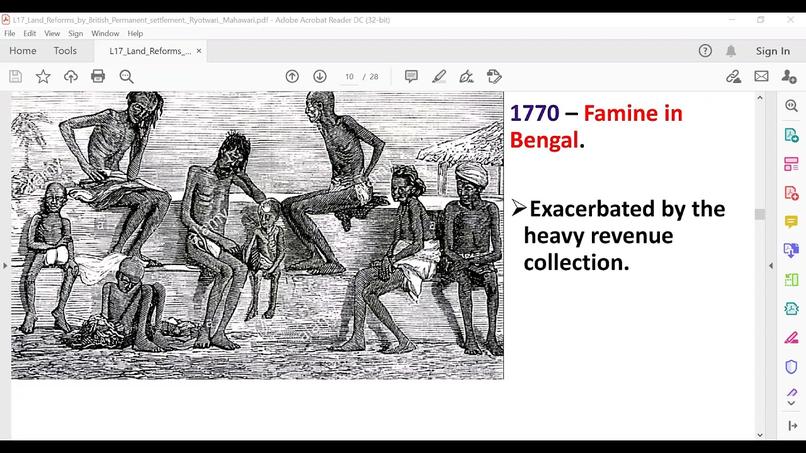
The initial English interest in the Virginia region began with earlier exploratory attempts, most notably the Roanoke colony. Established in the late 16th century off the coast of modern North Carolina, Roanoke was named “Virginia” in honor of Queen Elizabeth I, the “Virgin Queen.” Although the Roanoke colony mysteriously disappeared by 1590, it laid the groundwork for England’s familiarity with the region’s coastline and environment. This prior reconnaissance helped shape the English decision to target Virginia for future colonization.
Unlike the English, the Spanish had an early presence further south near the Chesapeake Bay, where a Jesuit mission was founded in 1570. However, this settlement was short-lived. Following a violent attack led by an indigenous guide named Don Luis and aided by the Powhatan confederacy, the mission was destroyed, and all Jesuits were killed. After this incident, the Spanish prioritized defending their Florida settlements rather than expanding northward, which left the Virginia area less contested and more open for English attempts.
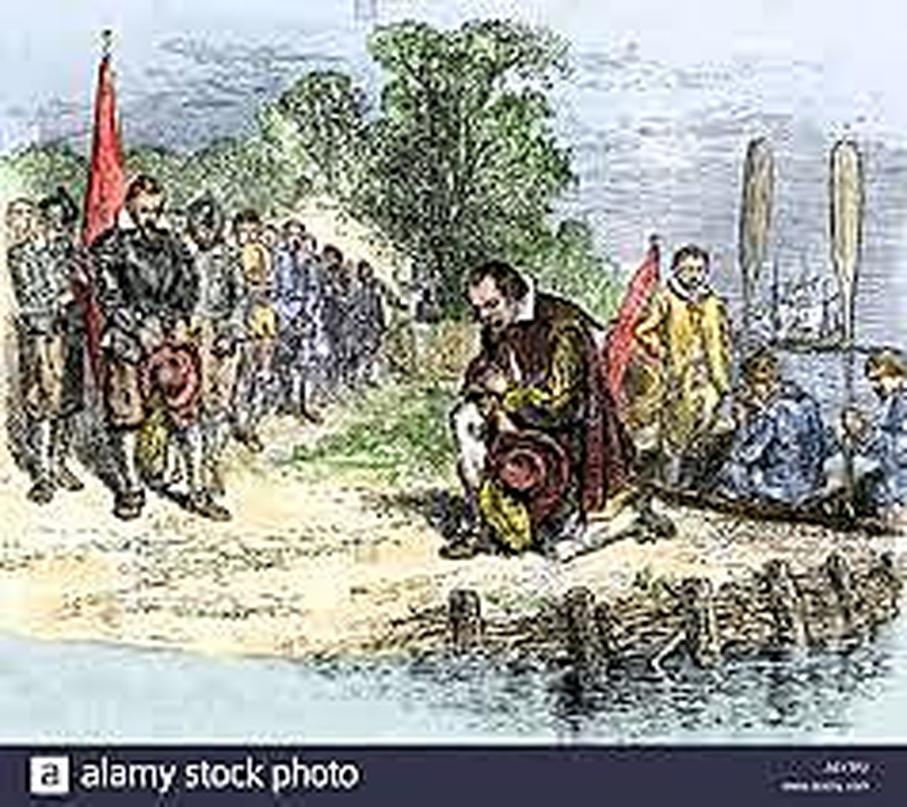
After the war with Spain ended in 1604, English interest in colonization was renewed. The cessation of hostilities freed funds that had previously supported military efforts, allowing investment into colonization ventures. During the conflict, England relied heavily on privateering—state-sponsored piracy—against Spanish vessels for wealth. Once peace was restored, this source of income vanished, increasing the motivation to establish colonies to generate direct profits.
At the same time, England faced socioeconomic challenges. London had a growing problem with homelessness and poverty. Colonization offered a potential solution by relocating displaced individuals, many of whom were second sons of English nobility without inheritance. Sending these men to America to work land under aristocratic leadership addressed social pressures while advancing economic goals.
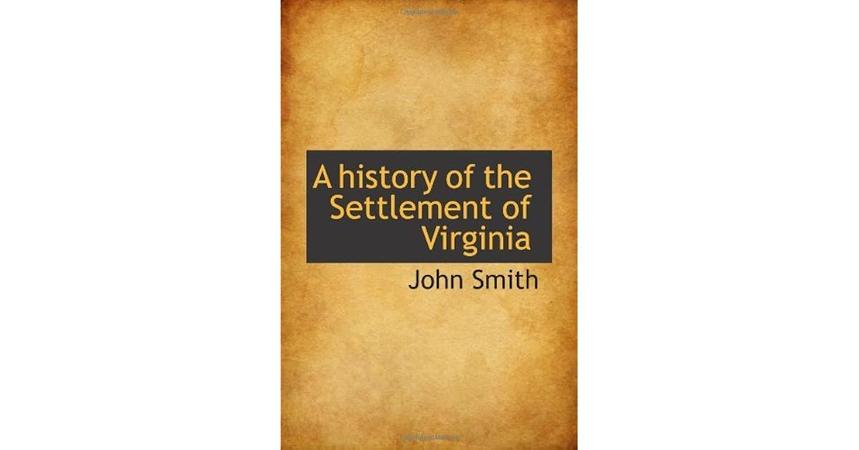
In 1606, King James I granted royal charters to two companies: the North Virginia Company and the South Virginia Company, tasked with colonizing the region called Virginia. The North Virginia Company’s attempt at colonizing modern-day Maine (Popham Colony) failed quickly. The South Virginia Company, however, sought a better location further south, emphasizing a natural harbor and separation from Spanish territories in Florida and the Carolinas.
The colonists under the South Virginia Company landed in May 1607 between Cape Charles and Cape Henry and founded Jamestown. The site included a defensible peninsula with a good natural harbor, which fitted the company’s requirements. Yet, the area was not uninhabited. The land lay in the heart of the Powhatan confederacy, one of the most populous and organized indigenous groups in the Chesapeake region.
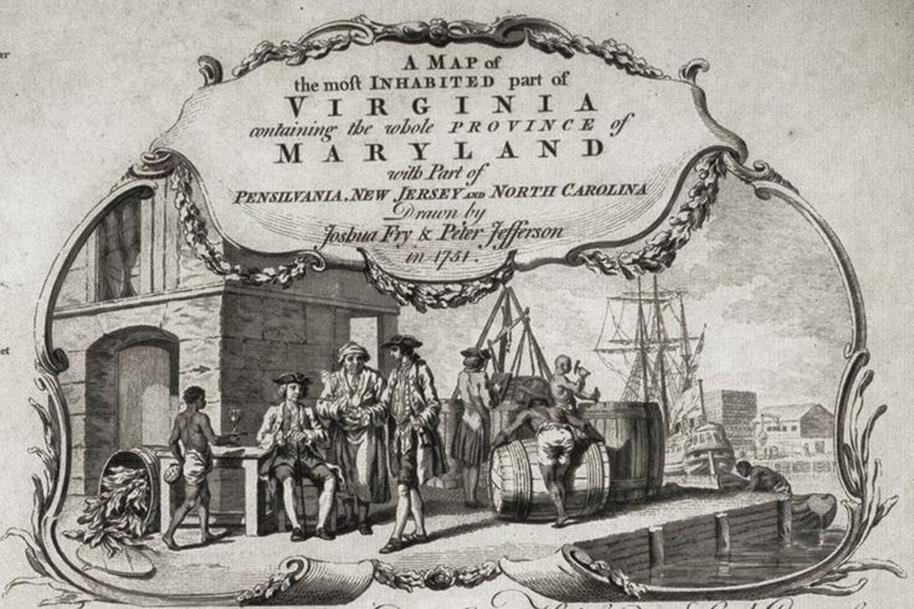
Despite appearances, Jamestown’s location presented serious hardships. The island was mosquito-infested and surrounded by brackish water contaminated by stagnant currents and polluted by settlers’ waste. These conditions caused disease and hardship. Additionally, the settlers’ survival depended heavily on maintaining trade and diplomacy with the Powhatan confederacy. Conflict and famine plagued the colony, especially after 1609 when Chief Powhatan ceased supplying food, pushing the English toward near-extinction multiple times.
| Factor | Explanation |
|---|---|
| Prior exploration | Roanoke established early English awareness of the region. |
| Spanish retreat | Spanish withdrawal from Chesapeake left land open for English colonization. |
| End of war with Spain | Financial and political conditions favored renewed colonization efforts. |
| Royal charters and companies | James I authorized the North and South Virginia Companies to settle America. |
| Geographic and political suitability | Jamestown offered a harbor but was near indigenous confederacy territory. |
The British colonists’ decision to settle first in Virginia represents a complex interaction of political ambitions, geographic opportunities, and the realities of indigenous presence. Virginia was neither randomly chosen nor free from challenges, but it aligned with England’s strategic and economic aims as it sought to establish a foothold in the New World.
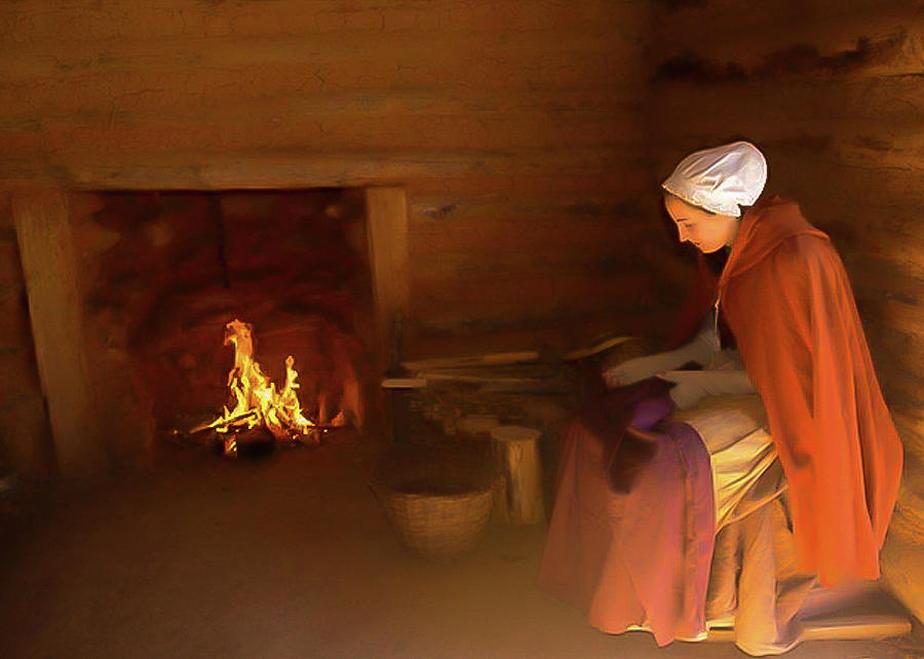
- Virginia was initially chosen due to prior English exploration and familiarity.
- Spanish forces withdrew from the Chesapeake, allowing English expansion.
- The end of the Anglo-Spanish war freed resources and shifted English priorities to colonization.
- King James I chartered companies to sponsor settlements in Virginia.
- Jamestown was selected for its harbor but faced environmental and indigenous challenges.
Why Did the British Colonists Settle in Virginia First?
The British colonists settled in Virginia first because it offered a strategic location with natural harbors, historical precedent, and political support, despite the harsh realities they soon faced. Virginia’s coastal geography, combined with England’s post-war ambitions and previous colonial attempts, made it the logical first foothold in North America.
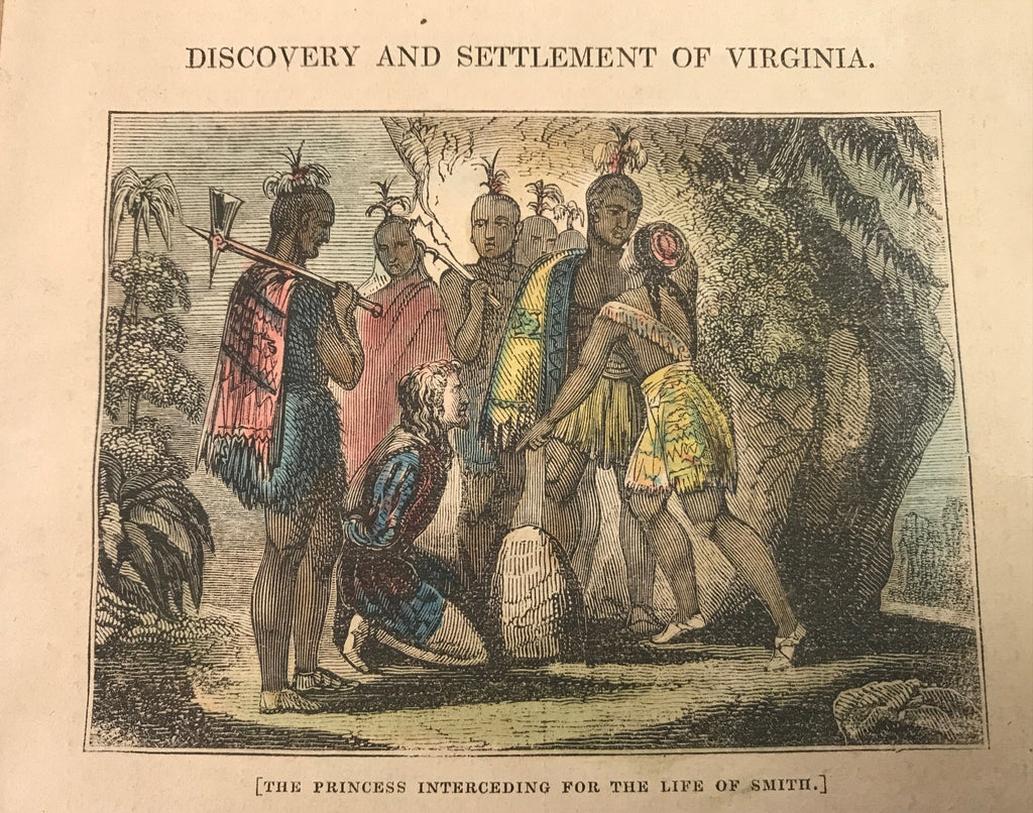
Let’s unpack this story, as it is far more than just a simple “first come, first served” tale. The decision to settle in Virginia didn’t happen by accident. It’s an adventurous mix of missed chances, imperial rivalries, and the raw will to survive. So, why Virginia? Hold tight, we’ll explore all the juicy details.
First, the English had already dipped their toes in the waters near Virginia with the infamous Roanoke colony in the late 1500s. The Roanoke Colony was the maiden voyage of English colonial dreams. However, by the time English ships returned in 1590, the colony had vanished without a trace—hence the famous “Lost Colony” legend. The spot that Roanoke dubbed “Virginia,” in honor of Queen Elizabeth I, who was famously called the Virgin Queen, had lingering significance to the English. So, Virginia was a known quantity, not uncharted territory.
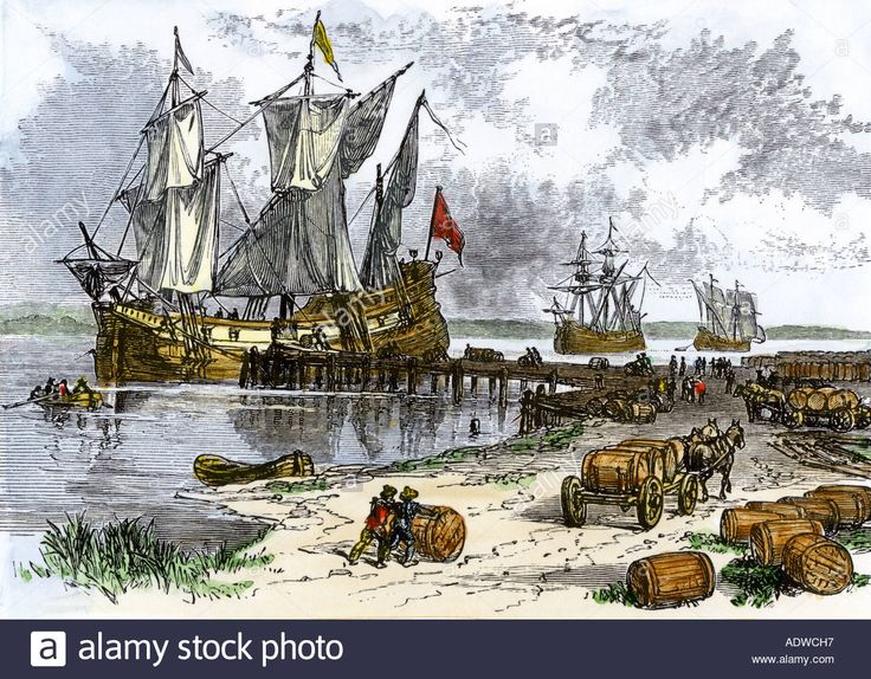
But why not stick with Roanoke? The English reconsidered. Roanoke had failed, but Virginia’s coast offered potential. The stretch of land was chock full of natural harbors, ideal for docking ships and establishing trade routes. Natural harbors were a must for the English investors backing these risky colonial ventures. The English were not just dreaming of empty land; they wanted a port—a base for commerce, exploration, and hopefully, profit.
Meanwhile, over in the Spanish camp, things did not look good for them in Virginia. In 1570, a group of Jesuits settled near the Chesapeake Bay, just to the north. Unfortunately, their mission was short-lived. An incident involving an Indian guide named Don Luis, who turned on his hosts with help from the Powhatan confederacy, wiped out the whole Jesuit settlement. The Spanish shifted their focus back to Florida, consolidating in St. Augustine, where Spain really wanted to protect its treasure. This retreat left a sort of colonial vacuum in Virginia that the English were eager to fill.
After the war with Spain ended in 1604, English interest in planting a colony in America reignited. The war had drained England’s resources, but peace meant money was freed up for new ventures. Also, the English had been privateering Spanish ships during the war—a fancy way to say state-licensed piracy. When the war ended, so did their legal license to plunder. The English suddenly faced the harsh reality that the Spanish were still the colonial big shots. England wanted its slice of the Americas’ riches, and settled colonies were the way to do it. In this context, Virginia offered a promising starting point.
Also, England had a social problem: homelessness and unemployment were rising, especially in London. The colonization project provided a neat solution. Instead of cleaning up the streets, the English sent many homeless people, along with second sons of noble families (who wouldn’t inherit their family lands), to Virginia. These settlers could work the land and contribute to the colony’s survival and growth. Talk about killing two birds with one stone—Virginia was both a social experiment and an economic investment.
In 1606, King James I gave royal charters to two companies: the North Virginia Company in London and the South Virginia Company, also based in London. The North Virginia Company initially landed where Maine is today, at the Popham Colony, but it faded quickly into obscurity. The more famous South Virginia Company landed between Cape Charles and Cape Henry in 1607, in what would become Jamestown—the first permanent English settlement but far from perfect.
The English didn’t have an exact GPS coordinate for infection-free paradise—they had some criteria: a spot south of previous attempts, far enough from Spanish strongholds, with a good harbor. Jamestown fit the bill. It was conveniently unoccupied by other English and not immediately behind Spanish lines. But here’s the kicker: Jamestown was perhaps the worst spot ever chosen. It was mosquito-infested, with brackish, often polluted water, and nestled right in the heart of the Powhatan confederacy—a powerhouse group of Native American tribes.
“Jamestown was a terrible place to have landed. The settlers dealt with mosquito swarms, contaminated water, and hostile relations with local tribes.”
Despite these harsh conditions, Jamestown endured, though barely. For the first ten years, settlers struggled with starvation, disease, and hostile neighbors. At one point in 1609, Chief Powhatan cut off food supplies, almost wiping out the colony. But the English clung on, helped by intermittent trade, new arrivals, and later, the discovery of tobacco cultivation—Virginia’s economic savior.
So, why Virginia first? Because it was a calculated risk. The site had been scouted before. Its natural harbors supported English naval ambitions. The Spanish had pulled back north and south, leaving a relatively open area. The English Crown and investors were eager post-war, needing economic outlets and solutions to social challenges. Virginia offered a place to start fresh, even if it came with considerable suffering.
Have you ever wondered what might have happened if the English chose the Carolinas or stayed further north? The English probably did, but the threat of Spanish forces and the desire for a safe harbor pushed them towards Virginia. It became the stage where the English colonial drama unfolded—rough, gritty, but foundational.
In retrospect, the British were playing a long game in Virginia. It wasn’t sunshine and roses. It was a stubborn, rough battle with nature and native peoples. Yet, these early struggles laid the groundwork for what would become a pivotal colony in American history.
Summary: The British Colonists’ First Footprint in Virginia
- Roanoke’s mysterious failure set a precedent.
- Spanish setbacks and retreat left an opening.
- Peace with Spain freed resources and spurred renewed English interest.
- Population pressures and social issues in England pushed for colonization.
- Royal charters fueled private ventures with clear geographic goals.
- Jamestown’s strategic but undesirable location met English requirements despite hardships.
The British did not randomly drop their flag in Virginia. They chose it for history, geography, politics, and economics. The early hardships demonstrate that even the best ideas need grit, persistence, and a bit of luck to succeed.
What lessons does the settlement of Virginia teach us about colonial ambitions and human endurance? Maybe this—sometimes the first step is the hardest, but it can change the world.
Why did the British choose Virginia for their first permanent colony?
The English had explored the area before, notably with the Roanoke colony. Virginia was seen as a good spot with natural harbors and somewhat distant from Spanish forces.
What role did the Spanish presence play in the English settling Virginia?
The Spanish abandoned efforts near the Chesapeake after attacks by Native Americans. This reduced Spanish control, allowing the English to attempt colonization without immediate Spanish opposition.
How did the end of the war with Spain influence the British decision to settle in Virginia?
With peace, England had funds to start colonies and could no longer rely on privateering Spanish ships. Settling Virginia offered new economic opportunities and a way to manage London’s homeless population.
Why was Jamestown’s location considered problematic despite meeting settlement criteria?
Jamestown was mosquito-infested, had poor water conditions, and was in the heart of Powhatan territory. These factors caused high mortality and conflict for settlers.
What was the significance of the North and South Virginia Companies in the settlement?
King James I chartered these companies to establish colonies. The South Virginia Company’s landing between Cape Charles and Cape Henry led to Jamestown’s founding.
